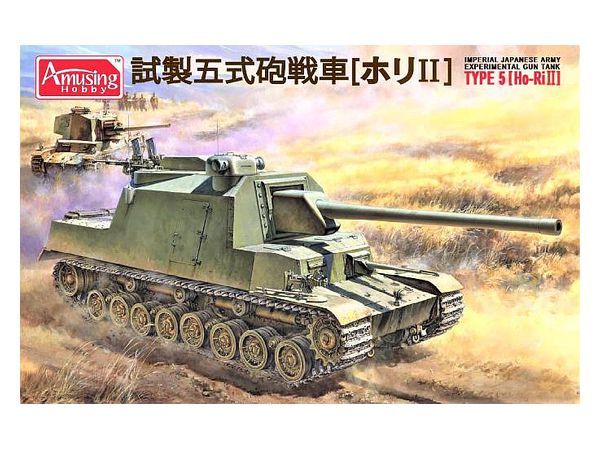Dětské zboží
Celkem 5 produktů
Plastikový model letadla 1/72 Avro Rota C.30A 4 decal v. for Czeczslovak.,RAF, Yugoslavia, Australia. The first production design in the series was the C.30, a radial-engined autogyro with a three-blade, 37 ft (11.3 m) rotor mounted on an aft-leaning tripod, the control column extending into the rear of the two cockpits. The engine was the five-cylinder, 105 hp (78 kW) Armstrong Siddeley Genet Major I used in the C.19 series. The fabric-covered fuselage carried an unbraced tailplane, without elevators but with turned-up tips. The port side of the tailplane had an inverted aerofoil section to counter roll-axis torque produced by the propeller. As with most autogyros, a high vertical tail was precluded by the sagging resting rotor, so the dorsal fin was long and low, extending well aft of the tailplane like a fixed rudder and augmented by a ventral fin. The wide-track undercarriage had a pair of single, wire-braced legs and a small tail wheel was fitted. This model flew in April 1933. It was followed by four improved machines designated C.30P (P here for pre-production) which differed in having a four-legged pyramid rotor mounting and a reinforced undercarriage with three struts per side. The rotor could be folded rearwards for transport. The C.30P used the more powerful (140 hp, 104 kW) seven-cylinder Armstrong Siddeley Genet Major IA radial engine.
Plastikový model letadla 1/72 Avro Rota C.30A 4 decal v. for Czeczslovak.,RAF, Yugoslavia, Australia. The first production design in the series was the C.30, a radial-engined autogyro with a three-blade, 37 ft (11.3 m) rotor mounted on an aft-leaning tripod, the control column extending into the rear of the two cockpits. The engine was the five-cylinder, 105 hp (78 kW) Armstrong Siddeley Genet Major I used in the C.19 series. The fabric-covered fuselage carried an unbraced tailplane, without elevators but with turned-up tips. The port side of the tailplane had an inverted aerofoil section to counter roll-axis torque produced by the propeller. As with most autogyros, a high vertical tail was precluded by the sagging resting rotor, so the dorsal fin was long and low, extending well aft of the tailplane like a fixed rudder and augmented by a ventral fin. The wide-track undercarriage had a pair of single, wire-braced legs and a small tail wheel was fitted. This model flew in April 1933. It was followed by four improved machines designated C.30P (P here for pre-production) which differed in having a four-legged pyramid rotor mounting and a reinforced undercarriage with three struts per side. The rotor could be folded rearwards for transport. The C.30P used the more powerful (140 hp, 104 kW) seven-cylinder Armstrong Siddeley Genet Major IA radial engine.
1/35 EXPERIMENTAL GUN TANK TYPE 5 (HO-RI II). This is an injection-plastic military vehicle model kit. The Experimental Gun Tank Type 5 (Ho-Ri II) was designed but never prototyped. Like the Ho-Ri I, it uses the body of the Type 5 Medium Tank Chi-Ri, and an aircraft gasoline engine (water-cooloed V-type 12-cylinder) was used rather than the traditional diesel engine. The Ho-Ri II also differs from the Ho-Ri 1 in its center-located battle chamber, and its vertical armor. In addition to its other armaments, it carries a pair of 20mm high-firing anti-aircraft cannon at the rear, with a ranging gun on the cupola. Order this tank for your own collection today!
1/35 EXPERIMENTAL GUN TANK TYPE 5 (HO-RI II). This is an injection-plastic military vehicle model kit. The Experimental Gun Tank Type 5 (Ho-Ri II) was designed but never prototyped. Like the Ho-Ri I, it uses the body of the Type 5 Medium Tank Chi-Ri, and an aircraft gasoline engine (water-cooloed V-type 12-cylinder) was used rather than the traditional diesel engine. The Ho-Ri II also differs from the Ho-Ri 1 in its center-located battle chamber, and its vertical armor. In addition to its other armaments, it carries a pair of 20mm high-firing anti-aircraft cannon at the rear, with a ranging gun on the cupola. Order this tank for your own collection today!

